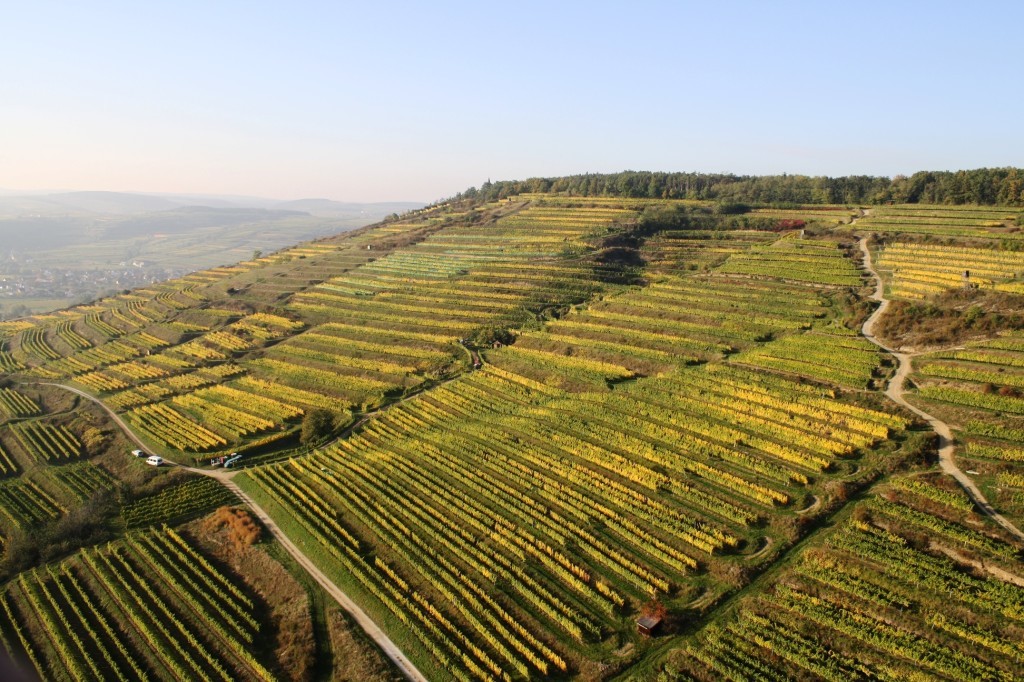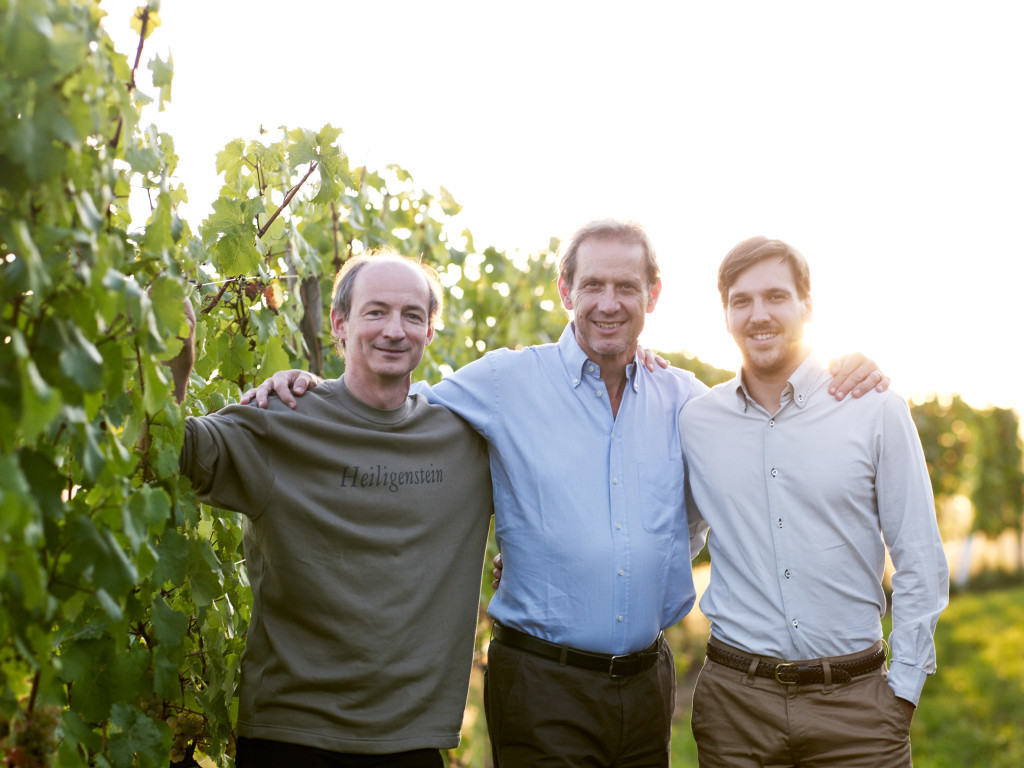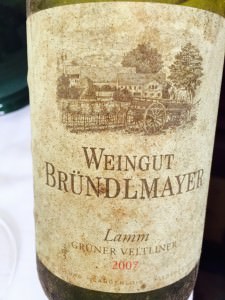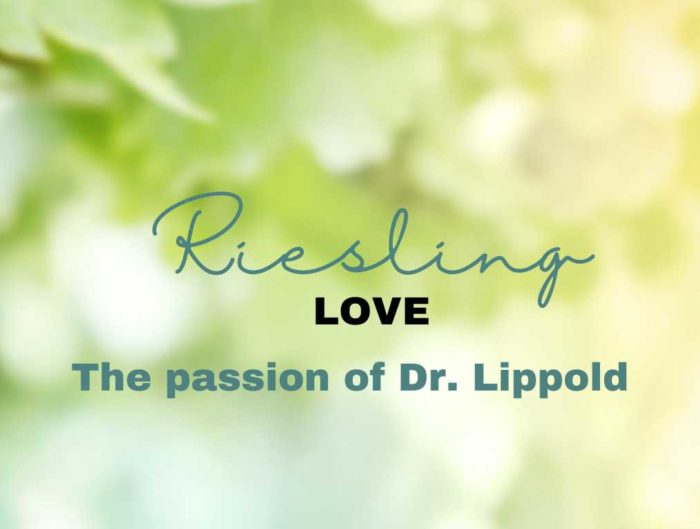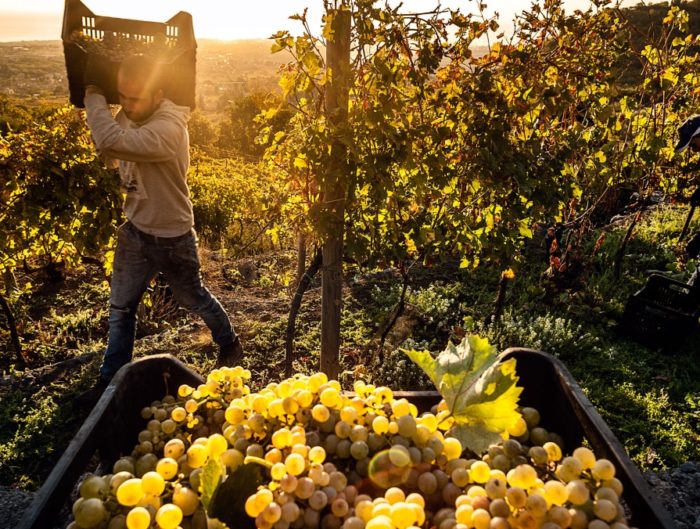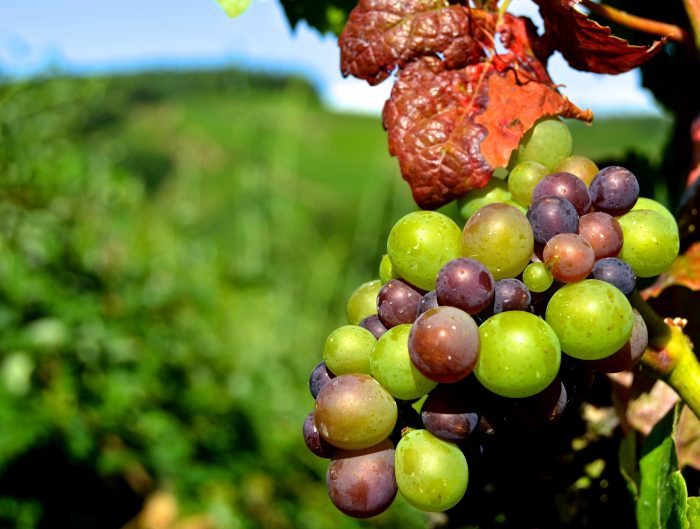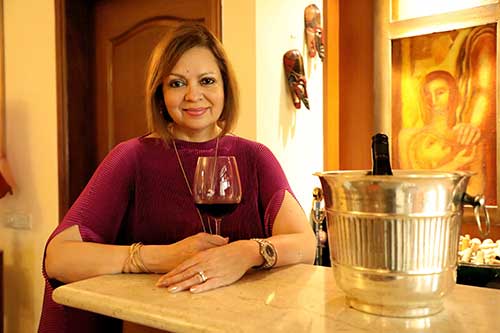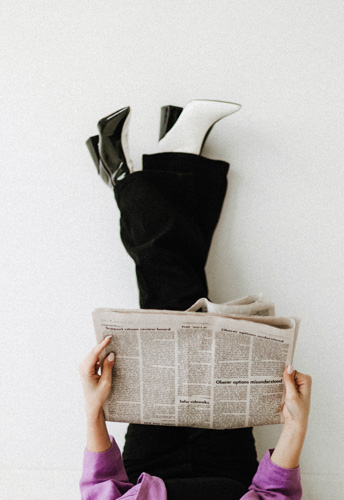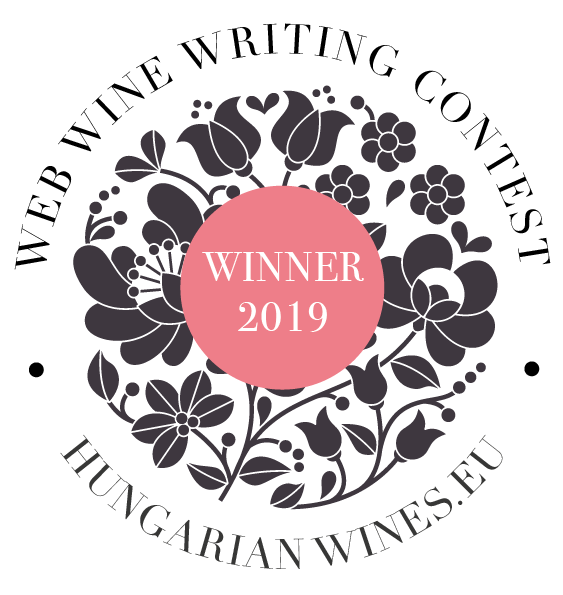Willi Brundlmayer in his vineyards in Kamptal Austria
A brief trip to Vienna was on the cards.
I had always been intrigued by Austrian wines. A subject I felt I had book info on, but not enough real knowledge. In truth, I’ve felt not enough has been written and spoken about the remarkable wines of this country. Though time was short and my schedule was packed, a detour into some of Austria’s wine country was called for.
But do should I start? I took to Twitter, where I am connected with a bunch of knowledgeable and well-informed wine folk. Very shortly, I got an answer from Rose Murray Brown MW: “Willi Bründlmayer in Kamptal.”
So a few brief weeks later I was sitting in the car of Thomas Klinger, Bründlmayer’s head of marketing and sales, and brother to Willi Klinger, managing director of the Austrian Wine Marketing Board (who recently announced record export figures in both quantity and value for Austrian wines at Prowein 2015), being driven to Kamptal to visit Weingut Bründlmayer. In the interim, my research had impressed me: Willi Bründlmayer is considered the flag bearer of much that is good in Austrian wine’s new incarnation. He had survived the ’80s Austrian wine scandal and was now working to raise standards and perceptions of Austrian wine by producing exceptional vintages with emphasis on local grape varieties like Grüner Veltliner, St Laurent, Zweigelt and Riesling, to name a few.
I couldn’t have got a better introduction to Austrian wine and Bründlmayer than through Klinger. During the hour long drive from Vienna, he filled me in on the background and painted a picture of the future with professorial detail combined with personal insights.
There are approximately 16,000 wine producers in Austria, but many of the holdings are tiny, some less than 1ha. But wine culture in Austria is old and deeply ingrained into the people’s lifestyles. The heurigen, or wine tavern, was started during the Age of Enlightenment by Emperor Joseph II to encourage people to make wine. People would gather periodically to sell their wines and some food to go with it. Over time the heurigens became permanent and indeed they remain a good combination of commerce and fun. One legacy from this centuries later, is that even though Austrians are now making wine well capable of aging; still tend to drink their wine fairly young. “Austria is a well-educated wine country and people have different tastes,” points out Klinger, “In Austria, we produce ¼ the wines the Germans do on half the surface they have. But our wine culture is very strong.”
Bründlmayer is known, besides for his exceptional wines, for being a devoted advocate for sustainable viticulture and for historically adopting the Lyra system of vine training to best effect. The distinctive V shaped ‘sun-worshipping arms’ of the split vine branches, seemingly raised to the heavens, ensures double the sunlight and air reaches the vines and is effective in protecting the grapes from mildew and rot. In the Bründlmayer domain of Langenlois are 75 hectares of Grüner Veltliner, Riesling, St Laurent, Zweigelt and Burgundian varieties grown in his famous grand cru or Erste Lagen vineyards: the Heiligenstein lies at its heart and is renowned for its Riesling, being rich with million-year old minerals laid into its primary rock. The lime and loam-rich clay bed in the adjoining Lamm vineyards adds strength and complexity to its Grüner Veltliner grapes, and Käferberg combines primary rock with marine deposits to give the wine from these grapes an additional richness. The Steinmassel vineyard, studded with the Lyra trellis, resembled a hedgehog, pointed out Klinger.
We reach the winery, solar panels atop, rebuilt meticulously two years ago to keep up with the best international winemaking practices so as “to make the best wine in the world,” Klinger proudly tells me as he shows me around. Indeed, Weingut Bründlmayer produces many different wines, so their work starts with their sparkling and ends with their sweet wines, he adds. They export to over 30 countries, but take pride in the fact that their most devoted fans are Austrian wine drinkers, and 33% of their production is consumed locally. They are building their wine library too, “for future generations to know what we have made,” and it is from this library that I will taste so generously that sunny afternoon.
As Klinger and I prepare for the tasting, the door opens. It’s Willi Bründlmayer himself. One of Austria’s best-known names in winemaking has gentle grey eyes and an open, smiling face. We get seated and as the first wine, a Kamptal Grüner Veltliner Terrasen 2014 (a light bodied wine with nifty acidity and structure) is poured, I ask Bründlmayer my usual (and somewhat hopeless) question that no winemaker enjoys answering: which of his wines is his favourite?
The answer is expected. “It’s not possible to have a favourite,” he smiles, “Every wine has its personality and time for drinking. Though I can say sparkling wine is my wife’s favourite, which is why I started making it too.”
Bründlmayer’s holdings have been growing with his name, over decades, but he insists the growth has been organic, never planned. “I’ve always been happy with what I had, but when neighbours have decided to sell, they’d ask me if I was interested, so I would buy a bit more. In the last 30 years, my vineyards have grown just 2%.”
I wish Austrian wines were less underrated in the world wine scenario, I think aloud. Bründlmayer chooses to disagree. “I don’t think Austrian wine is underrated here – this is my principal market, and I can if I choose, sell my entire harvest right here in Austria. But I realised in 1985 that we need to export in order to be more competitive and to push ourselves harder.”
1985 saw the Austrian wine industry brought to its knees by what came to be known as the ‘antifreeze’ wine scandal – a handful of desperate wine producers were mixing diethylene glycol, a compound found in antifreeze, into their wines to sweeten them. The backlash was horrific even though there were no reported deaths, and it was left to a few stalwarts including Bründlmayer to dust off the ashes of the massive stigma and begin work to resurrect the industry. Subsequently, there are enough heart-warming stories of quality and good work winning accolades for Austrian wine: what Klinger describes as ‘stories of hope.’ “We had to learn from the scandal, that not everything was about money. It’s taken over 20 years to rebuild the reputation of Austrian wine. We all had to start at the beginning. So it was good in a way that it all happened – while the industry broke down, the trust remained.”
Right through, Bründlmayer and a few other quality winemakers kept the Austrian flag flying high, winning competitions, re-establishing Austria’s credentials. Klinger recounts stories of 1998 and again, 2002 in Vienna’s Vie Vinum wine expo, where Bründlmayer’s Grüner Veltliner from his flagship Ried Lamm vineyard beat the best of Burgundy’s Chardonnays in blind tastings. A new take on the Judgement of Paris, indeed.
Naturally, Grüner Veltliner remains Bründlmayer’s mainstay. “It is the most important of our wines, the grape is thick-skinned giving a fuller mouthfeel. As for our Riesling, because of our rocky soil it’s often difficult to say whether it is from the Rhine or the Danube,” says Bründlmayer.
We have now moved on to the Bründlmayer Berg Vogelsang Grüner Veltliner 2014 (a focused, single vineyard offering with typical white pepper, delicate floral and mineral notes and terrific aging potential), and then the excellent Alte Reben Grüner Veltliner 2013 with its rich, creamy mouthfeel. This is turning out to be the Grüner Veltliner tasting of a lifetime for me: with quality topped by more quality. I marvel at the relative affordability of the wines, all in the range of €25-50, by a winemaker who could charge more than triple without blinking and eye, yet refuses to do so. “We aren’t keen on label drinkers,” says Bründlmayer, now serious, “All we want are satisfied customers. It’s worth the money not to overcharge for quality to get these customers.”
We are now tasting the Bründlmayer Grüner Veltliner Loiser Berg 2011 (lighter on the palate, fresh fruit combined with a lovely minerality), and then a special bonus produced especially for me from the library – the stunning flagship Bründlmayer wine, the Ried Lamm Grüner Veltliner 2007. I am instantly seduced by its lush fruit and spice laced with a distinct minerality which cries out for decanting.
Finally, we turn towards some Riesling, as Klinger after a quick chat with Bründlmayer, decides I cannot leave without tasting some. Off to the cellar he goes, returning with the Heiligenstein Lyra-trained Riesling 2013, (another ageworthy stunner which combines crispness on the palate with delicate fruit notes and long finish); also a refreshing, well-structured Brut rosé sparkling made by the methode traditionelle from Pinot Noir, Zweigelt and St Laurent, and a Zweigelt. The Zweigelt (a grape named after the Austrian Dr Zweigelt, who bred the variety in 1921 out of Blaufränkisch and St. Laurent, another native variety linked to Pinot Noir) is a Reserve, 2011, and is one of the most fascinating reds I have tasted that trip. Or this year. Lashings of mouth-filling juicy red fruit take the top off any austerity, yet this one will age, and age very well indeed. The talk turns to tannins, fining and aging – gems of info from master winemaker Bründlmayer. The tasting has stretched longer than it was anticipated to take, but I rise from the table with a sense of exhilaration that only an encounter with truly fine wine can bring.
If I wanted an introduction to the true, quality-backed wines of Austria, I could not have asked for a better introduction than at the table in the sun-dappled winery tasting room in Langenlois with Thomas Klinger and Willi Bründlmayer. This was a day well spent, and much learnt. How can one not agree with Klinger’s view: “Though there is science in what we do, the feeling and sense should never be forgotten.”
I certainly won’t forget the feeling.
Bründlmayer is one of the largest and most modern wineries, situated in Austria’s Kamptal region. Brundlmayer’s terraced vineyards cover 75 hectares of vines. He is a member of the vintners association Academie Internationale du Vin.
Bründlmayer wines are not yet available in India, but may be bought at fine wine stores in Europe and the US and are well-priced between €25-50.




